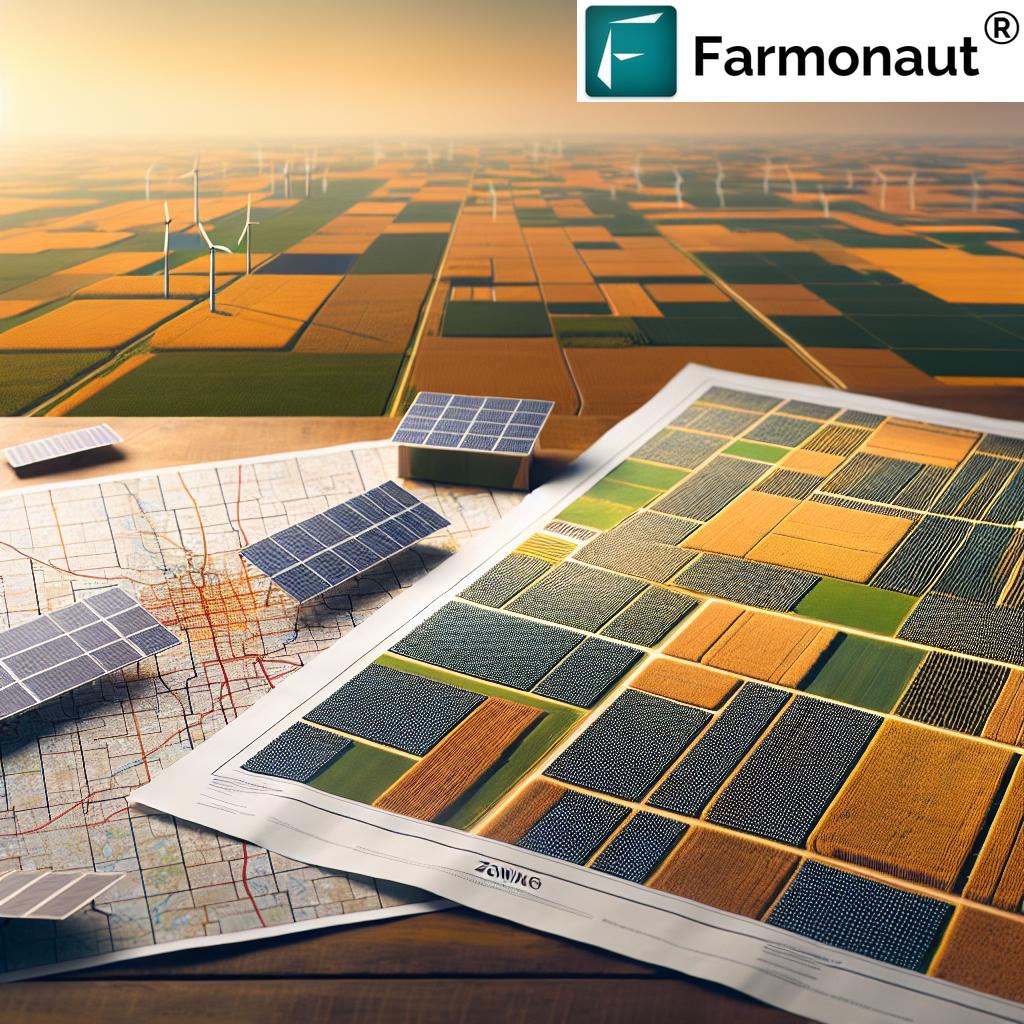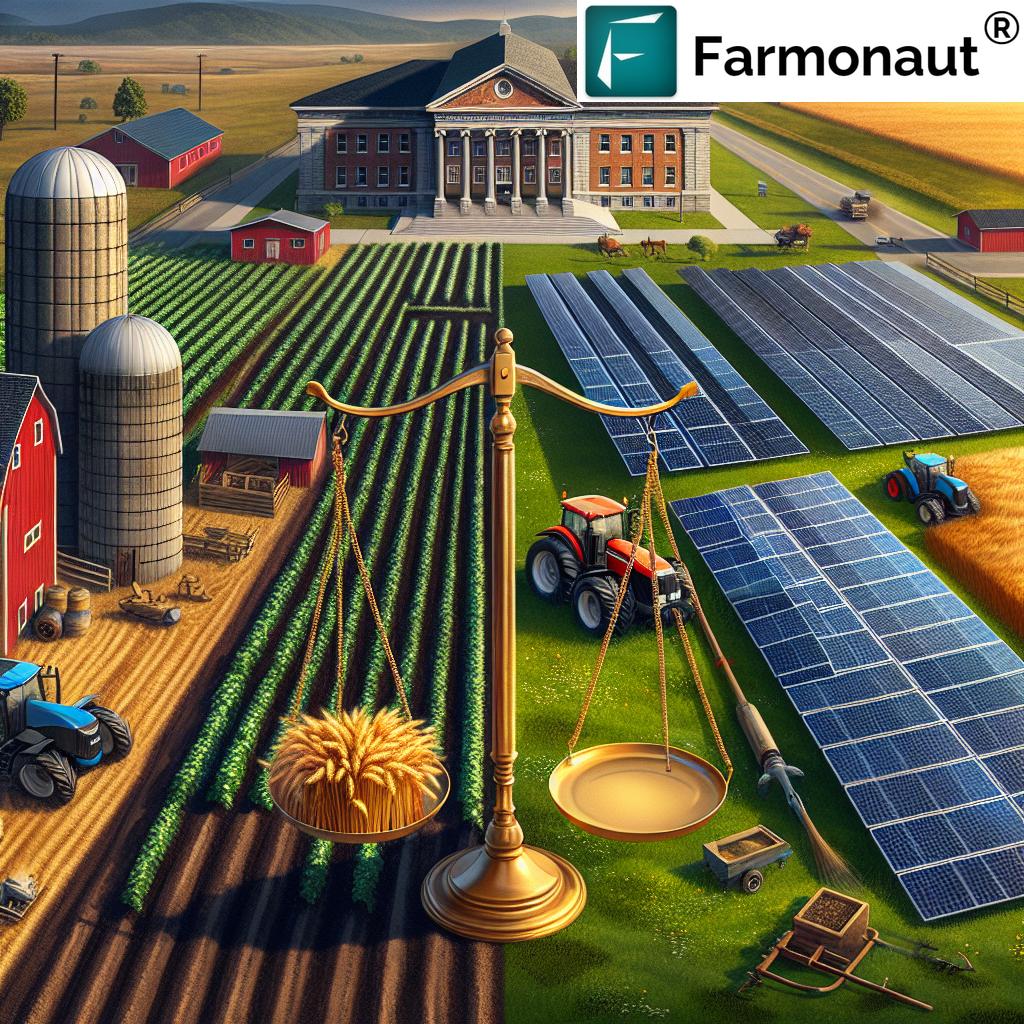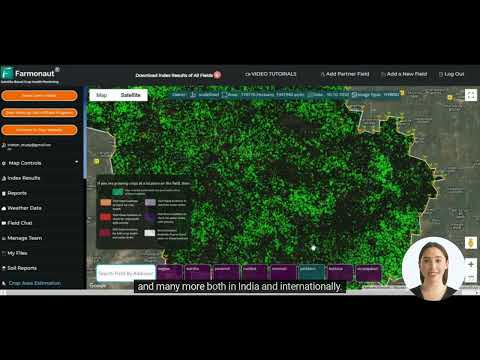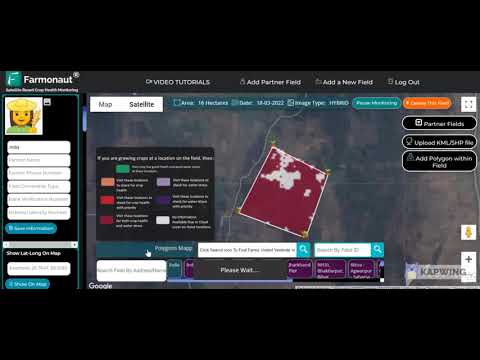Balancing Agricultural Heritage and Renewable Energy: Ogle County’s Solar Project Zoning Challenges
“A 2MWac community solar facility on 16 acres of farmland was recently approved in Ogle County, Illinois.”
As we delve into the complex world of solar project zoning ordinances and their impact on prime farmland, we find ourselves at the forefront of a critical discussion sweeping across the Midwest. The delicate balance between preserving our agricultural heritage and embracing renewable energy sources has become a focal point for county boards, farmers, and environmentalists alike. In this comprehensive exploration, we’ll examine the challenges, considerations, and potential solutions surrounding the integration of solar facilities into our rural landscapes.
The Ogle County Solar Project: A Case Study in Balancing Interests
Recently, the Ogle County Board made headlines by approving a special-use permit for a 2MWac community solar facility southeast of Polo, Illinois. This decision serves as a prime example of the ongoing debate between agricultural preservation and renewable energy development. Let’s break down the key aspects of this project and the approval process:
- Project Details: OneEnergy Development LLC of Madison, Wisconsin, proposed the construction and operation of a 2MWac community solar facility, dubbed Lupine Solar 2.
- Land Use: The project will occupy 16 acres of a larger 75-acre site in the AG-1 (agricultural zoning district).
- Location: Situated in the 3200 block of South Union Road, the site falls within 1.5 miles of Polo city limits.
- Approval Process: The project received a 5-0 vote from the Zoning Board of Appeals and an 8-1 vote from the Assessments and Planning and Zoning Committee.
This approval process highlights the multi-layered decision-making involved in solar project zoning, involving various stakeholders and committees. It’s a testament to the complexity of balancing local economic interests, energy needs, and land preservation concerns.

The Debate: Prime Farmland vs. Renewable Energy
At the heart of this discussion lies a fundamental question: Should prime farmland be utilized for solar energy production? This debate has sparked passionate arguments on both sides, with valid concerns raised by various stakeholders:
- Agricultural Preservation: Advocates for farmland preservation argue that using prime agricultural land for solar projects could lead to a reduction in food production capacity and alter the rural character of communities.
- Renewable Energy Proponents: Supporters of solar development emphasize the urgent need for clean energy sources to combat climate change and reduce dependence on fossil fuels.
- Economic Considerations: Both sides present economic arguments, with farmers weighing the potential for stable income from solar leases against traditional agricultural revenues.
County board member Marica Heuer voiced concerns during the Ogle County meeting, stating, “This is a prime piece of farmland. I am voting no on this on principle.” Her stance reflects a sentiment shared by many who prioritize the preservation of agricultural resources.
However, Heuer also acknowledged the complexity of the issue, noting after the meeting, “That’s a lot of corn or soybeans, but unfortunately we need the energy.” This statement encapsulates the dilemma faced by many rural communities as they grapple with evolving energy needs and traditional land use.
The Role of Local Governance in Solar Project Zoning
Local governments play a crucial role in regulating solar developments while protecting agricultural resources. The Ogle County case demonstrates the intricate process of approving such projects:
- Public Meetings: Adjacent property owners voiced their concerns during public meetings in Polo, highlighting the importance of community input.
- City Council Recommendations: The Polo City Council approved the project by a 4-2 vote, showcasing the divide even at the municipal level.
- Economic Incentives: OneEnergy officials proposed a contribution of $50,000 over 30 years to the Polo Economic Development Corporation, illustrating the potential economic benefits to the community.
These steps underscore the need for transparent and inclusive decision-making processes when considering solar projects on agricultural land.
Evolving Regulations: Solar Project Application Fees
“Some counties are implementing fixed application fees up to $100,000 for commercial solar and wind projects.”
As the demand for solar projects grows, counties are adapting their regulations to manage the influx of applications and associated costs. Ogle County recently made significant changes to its fee structure for commercial solar and wind projects:
- Previous Fee Structure: Fees were calculated as 2% of the proposed commercial value, with a maximum of $25,000.
- New Fee Structure: A fixed cost of $100,000 for all commercial solar and wind developers.
- Rationale: The increase aims to address the rising number of solar projects and unexpected costs associated with their development.
This shift in fee structure reflects the growing recognition of the administrative and infrastructural demands placed on counties by large-scale renewable energy projects. It also serves as a potential deterrent for speculative applications, ensuring that only serious developers proceed with project proposals.
Comparative Analysis: Solar Project Zoning Across Counties
To gain a broader perspective on solar project zoning challenges, let’s examine how different counties are approaching this issue:
- Lee County: Updated its fee ordinance in January 2023, setting the application fee at $5,000 per megawatt, up to a maximum of $100,000.
- Whiteside County: Implemented a fee structure of $1,000 plus $10 for every adjacent property included in the site plan, effective January 1, 2022.
These varying approaches highlight the need for counties to tailor their regulations to local conditions while addressing common concerns about land use and project impact.

The Impact of Solar Projects on Agricultural Communities
As we consider the integration of solar facilities into rural landscapes, it’s crucial to assess their multifaceted impact on agricultural communities:
- Economic Implications: Solar projects can provide a stable, long-term income stream for landowners, potentially offsetting fluctuations in agricultural markets.
- Land Use Changes: The conversion of farmland to solar facilities raises questions about long-term soil health and the potential for future agricultural use.
- Community Dynamics: Large-scale solar projects can alter the visual landscape and potentially affect community identity in traditionally agricultural areas.
- Energy Independence: Local solar facilities contribute to energy resilience and can reduce reliance on distant power sources.
To better understand these impacts, let’s examine a comparative table of solar project zoning impacts:
| Aspect | Traditional Agriculture | Solar Energy Development | Potential Compromise Solutions |
|---|---|---|---|
| Acreage Required | Variable, based on crop type | ~5-10 acres per MW | Dual-use solar (agrivoltaics) |
| Annual Revenue Generation | $200-$1000 per acre | $500-$2000 per acre | Mixed-use planning |
| Job Creation | 1 job per 100-200 acres | 3-4 jobs per MW during construction | Training programs for local workforce |
| Soil Preservation | Varies with farming practices | Potential for soil rest and regeneration | Soil health monitoring and management plans |
| Water Usage | High, crop-dependent | Low, primarily for panel cleaning | Water-efficient panel cleaning technologies |
| Carbon Footprint | Varies with crop and practices | Low, offsets carbon emissions | Carbon sequestration initiatives |
| Long-term Land Value | Subject to market fluctuations | Stable with lease agreements | Flexible land-use agreements |
| Community Benefits | Agricultural heritage, local food production | Energy independence, tax revenue | Community solar programs, educational initiatives |
This comparison illustrates the complex trade-offs involved in solar project development on agricultural land. It also points to potential compromise solutions that could help balance the needs of both sectors.
Innovative Approaches to Solar Development on Farmland
As we seek to balance agricultural heritage with renewable energy needs, several innovative approaches are emerging:
- Agrivoltaics: This dual-use approach combines solar energy production with agricultural activities beneath and between panels, maximizing land use efficiency.
- Pollinator-Friendly Solar: Planting native species around solar installations can support pollinators and enhance biodiversity.
- Community Solar Gardens: These projects allow multiple participants to benefit from a single solar array, potentially reducing the need for widespread land conversion.
- Brownfield Development: Prioritizing solar installations on contaminated or underutilized lands can preserve prime farmland while reclaiming degraded areas.
These strategies demonstrate that with careful planning and innovative design, it’s possible to integrate solar energy production with agricultural practices, potentially creating synergies rather than conflicts.
The Role of Technology in Land Use Planning
Advanced technologies are playing an increasingly important role in helping communities make informed decisions about land use and solar project siting. Satellite-based monitoring and data analysis tools, such as those offered by Farmonaut, can provide valuable insights for both agricultural and solar development planning.
These technologies offer:
- Precise mapping of agricultural land quality and productivity
- Solar resource assessment for optimal site selection
- Monitoring of land use changes over time
- Data-driven decision support for policymakers and planners
By leveraging these advanced tools, counties and developers can make more informed choices about where to site solar projects while minimizing impact on prime agricultural lands.
Balancing Act: Policy Recommendations for Solar Project Zoning
As counties grapple with the challenges of solar project zoning, several policy recommendations emerge:
- Comprehensive Land Use Planning: Develop long-term plans that designate areas for solar development while preserving prime agricultural lands.
- Tiered Zoning Approach: Implement a system that prioritizes solar development on marginal or degraded lands before considering prime farmland.
- Dual-Use Incentives: Offer incentives for projects that incorporate agricultural activities or pollinator habitats within solar installations.
- Community Benefit Agreements: Encourage developers to provide tangible benefits to local communities, such as educational programs or energy cost reductions.
- Decommissioning Plans: Require robust plans and financial assurances for the eventual removal of solar installations and restoration of land.
These policies can help counties strike a balance between supporting renewable energy development and preserving their agricultural heritage.
The Future of Solar Project Zoning in Agricultural Communities
As we look to the future, it’s clear that the integration of solar energy projects into agricultural landscapes will continue to be a significant challenge and opportunity for rural communities. The experiences of counties like Ogle, Lee, and Whiteside offer valuable lessons for others grappling with similar issues.
Key considerations for the future include:
- Adaptive Policies: Zoning ordinances will need to evolve to address new technologies and changing energy needs.
- Stakeholder Engagement: Continued dialogue between farmers, developers, environmentalists, and policymakers will be crucial.
- Research and Innovation: Ongoing studies into the long-term impacts of solar installations on soil health and agricultural productivity will inform better decision-making.
- Regional Cooperation: Counties may benefit from collaborative approaches to renewable energy planning and resource sharing.
By embracing these considerations and leveraging advanced technologies, communities can work towards a future where agricultural heritage and renewable energy coexist harmoniously.
Conclusion: A Balanced Approach to Solar Project Zoning
The challenges faced by Ogle County and its neighbors in balancing agricultural heritage with renewable energy development are emblematic of a broader national conversation. As we’ve explored, there are no easy answers, but through careful planning, innovative approaches, and robust community engagement, it’s possible to find solutions that respect our farming traditions while embracing a clean energy future.
By leveraging advanced technologies, implementing thoughtful policies, and fostering open dialogue, counties can navigate the complex landscape of solar project zoning. The goal is not to choose between agriculture and renewable energy, but to find ways for these vital sectors to coexist and even complement each other.
As we move forward, it’s crucial to remember that each decision about land use has far-reaching implications for food security, energy independence, and environmental sustainability. By approaching these decisions with care, creativity, and a commitment to balanced development, we can create a future that honors our agricultural roots while harnessing the power of the sun to meet our energy needs.
FAQ Section
Q: What are the main concerns about using prime farmland for solar projects?
A: The primary concerns include the potential loss of productive agricultural land, impacts on food production capacity, and changes to rural landscapes and community character.
Q: How do solar leases compare to traditional farming income?
A: Solar leases often provide more stable and potentially higher income compared to traditional farming, which can be subject to market fluctuations and weather risks. However, the long-term implications for land use and soil health must be considered.
Q: What is agrivoltaics, and how does it address land use concerns?
A: Agrivoltaics is the practice of co-locating solar panels and agricultural activities. It addresses land use concerns by allowing for both energy production and farming on the same plot of land, maximizing land use efficiency.
Q: How are counties adapting their zoning regulations for solar projects?
A: Counties are implementing various strategies, including increasing application fees, developing tiered zoning approaches, requiring community benefit agreements, and mandating decommissioning plans to ensure responsible development.
Q: What role can technology play in balancing agricultural and solar energy needs?
A: Advanced technologies, such as satellite-based monitoring and data analysis tools, can help in precise land mapping, solar resource assessment, and monitoring land use changes, enabling more informed decision-making in project siting and planning.
Earn With Farmonaut: Join Our Affiliate Program
Earn 20% recurring commission with Farmonaut’s affiliate program by sharing your promo code and helping farmers save 10%. Onboard 10 Elite farmers monthly to earn a minimum of $148,000 annually—start now and grow your income!
Learn More About Our Affiliate Program
Farmonaut Subscriptions
For more information on how Farmonaut’s technology can assist in land use planning and agricultural management, visit our API page or check out our API Developer Docs.







